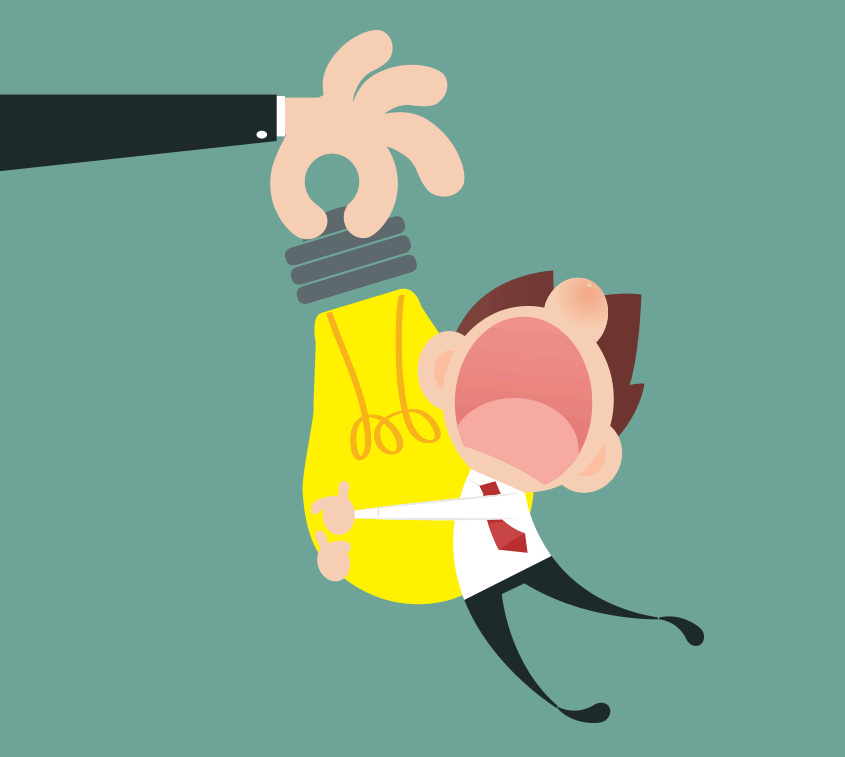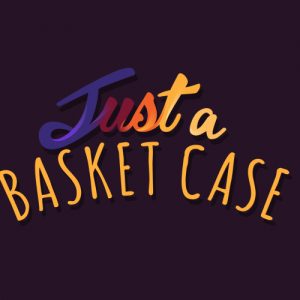
Have you ever tried posting a video to YouTube or Facebook to only have it taken down because of “Copyright Infringement?” It happens all the time. A simple video that you seemingly created could actually be considered stealing another persons work. This raises the question: What is Copyright infringement? And how do I avoid it? If you are interested in finding out more about copyright infringement, you can research online to check out copyright law to learn more.
Copyright, according to the U.S. Copyright Act, is defined as:
Protection available for, “original works of authorship fixed in an intangible medium of expression, now known or later developed, from which they can be perceived, reproduced, or otherwise communicated, either directly or with the aid of a machine or device.
Basically, Copyright laws allow a creator to:
- Reproduce copies or phonographs
- To prepare derivable works based on the original work
- Distribute copies or phonographs to public by sale or any other transfer of ownership.
- In the case of literary, musical, dramatic, and choreographic works, pantomimes, and motion pictures and other audiovisual works, to perform the copyrighted work publicly.
- In the case of literary, musical, dramatic, and choreographic works, pantomimes, and pictorial, graphic, or sculptural works, including the individual images of a motion picture or other audiovisual work, to display the copyrighted work publicly.
- In the case of sound recordings, to perform the copyrighted work publicly by means of a digital audio transmission.
Overall, a creator can distribute and sell their original works anyway they please. The copyright laws protect their works because they are essentially “intangible.” So what does this mean for you?
The U.S copyright law also has a section called, “Fair Use.” This legal document allows for the freedom of expression without harming the business of creators. People that intend to use the works for criticism, comment, news reporting, teaching, scholarship, and research are usually able to avoid copyright infringement. There are four categories that fall under the Fair Use section of the Copyright Law.
- Purpose and character of the use, including whether the use is of a commercial nature or is for nonprofit educational purposes: Courts will look at the reason for use of the copyrighted works. Usually, nonprofit uses and non-commercial use are considered fair. It’s not always fair, but if you are charged a court will consider this.
- Nature of the copyrighted work: Use of unpublished work is usually considered fair. Works used for creative expression will be more difficult to use. Factual and informational works are easier to be used in a fair way.
- Amount and substantiality of the portion used in relation to the copyrighted work as a whole: The court will look at a work at see how much of it was used. The larger amount of work that is used is less likely to be considered fair.
- Effect of the use upon the potential market for or value of the copyrighted work: The court will review what damage the use of the work has on it and in the future. This will be considered when trying to decide if use of a work is fair.
The Fair Use law is rather vague and hard to put into use. However, there are some ways to prevent copyright infringement on popular apps.
- Only post your own photos.
- If you want to repost someone’s photo, tag them and give them credit.
- The Repost App is a good way to give credit to other pages for publishing their material.
- If someone uses your work, Instagram suggests you first contact them before reporting the page for stealing your work.
YouTube
- Content ID is a filter installed into YouTube’s software. This will compare your videos to existing YouTube videos and usually flag you for copyright infringement. Here are some of the ways YouTube works around it:
- Mute audio that matches their music.
- Block a whole video from being viewed.
- Monetize the video by running ads against it.
- Track the video’s viewership statistics.
- You can give credit to the original page
- Add a watermark to your works
Copyright laws are ultimately a godsend to the creative world. When you’re posting, consider the above guidelines in order to best respect another creators work! If you are a creative and are worried about having your work stolen, there are Free tools for professional artists that can be used to trace your work to see if it has been used without your permission.
Referenced Works
https://legalvision.com.au/avoid-copyright-infringement-instagram/
https://help.instagram.com/126382350847838
http://www.lawtechnologytoday.org/2016/03/tips-avoid-copyright-infringment/





